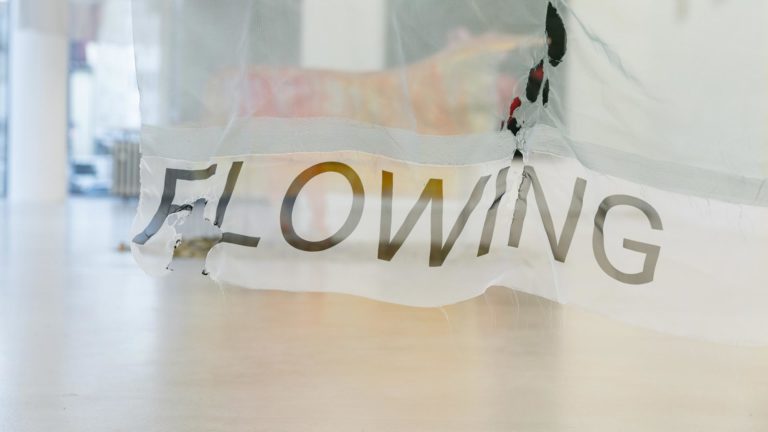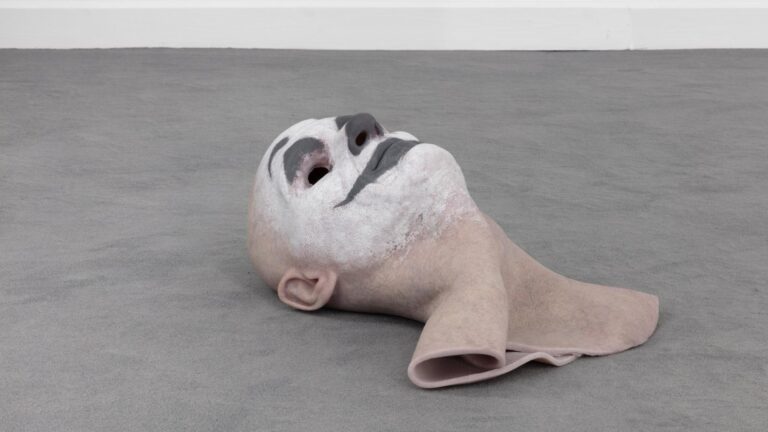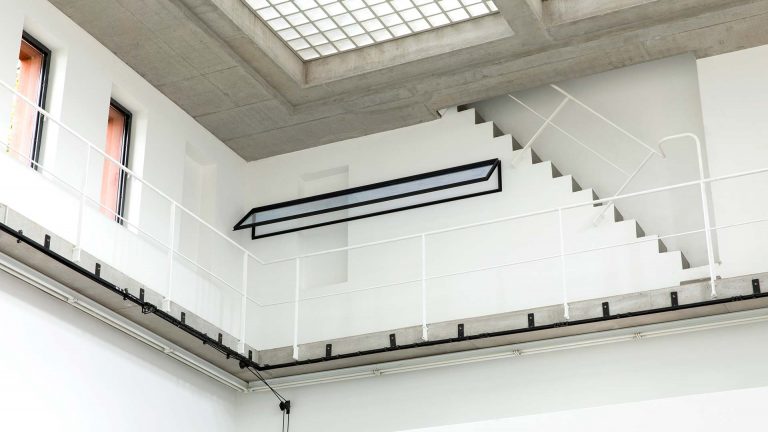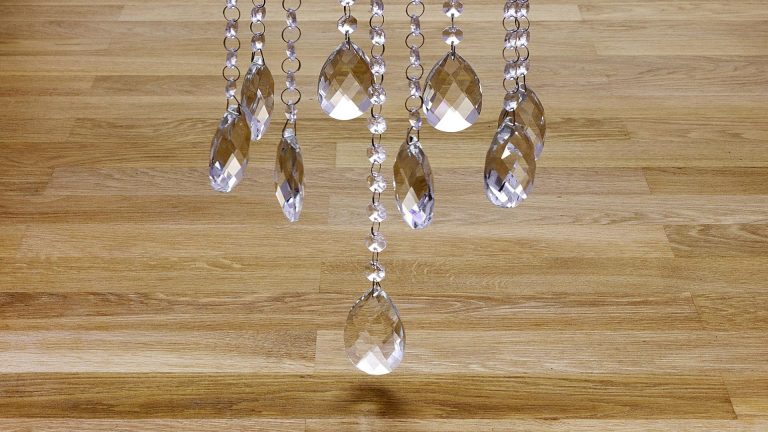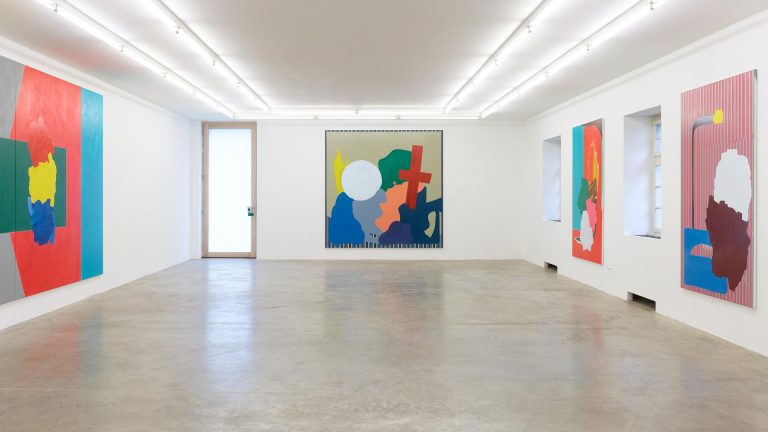Artists: Romuald Karmakar, Antonio Vega Macotela, Ciudad Abierta, Olaf Holzapfel, Benjamin Patterson, Lois Weinberger
Exhibition title: documenta 14: Learning from Athens
Artistic Director: Adam Szymczyk
Curated by: Adam Szymczyk, Bonaventure Soh Bejeng Ndikung, Pierre Bal-Blanc, Hendrik Folkerts, Candice Hopkins, Hila Peleg, Dieter Roelstraete, Monika Szewczyk
Venue: documenta 14, Westpavillon (Orangerie), Karlsaue Park, Kassel, Germany
Date: June 10 – September 17, 2017
Photography: all images copyright and courtesy of the artists and documenta 14, all photos by Art Viewer
documenta 14: Westpavillon (Orangerie)
The Orangerie was built by Karl I, Landgrave of Hesse-Kassel, at the beginning of the eighteenth century. It served him as both a summer house and a winter habitat for potted trees such as citrus and palms. During World War II, the building was bombed and left in ruins until a renovation project began in 1976. The completely restored Orangerie was reopened in 1992 as an astronomical museum with a planetarium.
In the building’s left wing, documenta 14 presents two new video works by Romuald Karmakar: Byzantion and Die Entstehung des Westens (both 2017) allude to events of enormous historical importance, the end of the Byzantine Empire and the fall of Constantinople, each a catalyst for the exploration and conquest of the New World at the beginning of the sixteenth century. Antonio Vega Macotela’s Mill of Blood (2017), a fully operational reconstruction of the minting machine built by Spanish colonizers in Peru and other locations in South America and operated by Indigenous and African slaves, offers a poignant reading of the Orangerie as an epitome of the European Enlightenment, and its discontents.
Romuald Karmakar, Byzantion, 2017, Digital video, color, sound, 7-8min.
Romuald Karmakar, Byzantion, 2017, Digital video, color, sound, 7-8min.
Romuald Karmakar, Byzantion, 2017, Digital video, color, sound, 7-8min.
Romuald Karmakar, The Emergence of the West–From Beginnings in Antiquity to the Fall of Contantinopel, 2017, LED installation (outdoor), 73min.
Romuald Karmakar, The Emergence of the West–From Beginnings in Antiquity to the Fall of Contantinopel, 2017, LED installation (outdoor), 73min.
Antonio Vega Macotela, The Mild of Blood, 2017, Steel, wood, and glass
Antonio Vega Macotela, The Mild of Blood, 2017, Steel, wood, and glass
Antonio Vega Macotela, The Mild of Blood, 2017, Steel, wood, and glass
documenta 14: Karlsaue Park
Measuring 1.5 square kilometers in total, the Auepark or Karlsaue, so named after its patron Landgrave Karl of Hesse-Kassel, is the tautly composed, arch-symmetrical Baroque counterpoint to the sprawling, faux-natural Bergpark Wilhelmshöhe on the far western edge of Kassel. It is here that the Bundesgartenschau, or Garden Show, of 1955 was first organized, to which the first documenta was attached as little more than an afterthought or digression. Four art projects of varying material presences—some sonic, some architectural; some intrusive, some elusive—are scattered throughout the park, which has long been a key documenta site; the early-eighteenth-century Orangerie at its eastern edge, another of Karl’s building projects, also hosts documenta 14 works.
Olaf Holzapfel, Trassen (in the Karlsaue in Kassel), 2017, Painted wood
Olaf Holzapfel, Trassen (in the Karlsaue in Kassel), 2017, Painted wood
Olaf Holzapfel, Trassen (in the Karlsaue in Kassel), 2017, Painted wood
Benjamin, When Elephants Fight, it is the Frogs that Suffer, 2016-2017, Sixteen-channel sound installation
Benjamin, When Elephants Fight, it is the Frogs that Suffer, 2016-2017, Sixteen-channel sound installation
Benjamin, When Elephants Fight, it is the Frogs that Suffer, 2016-2017, Sixteen-channel sound installation
Benjamin, When Elephants Fight, it is the Frogs that Suffer, 2016-2017, Sixteen-channel sound installation
Benjamin, When Elephants Fight, it is the Frogs that Suffer, 2016-2017, Sixteen-channel sound installation


















